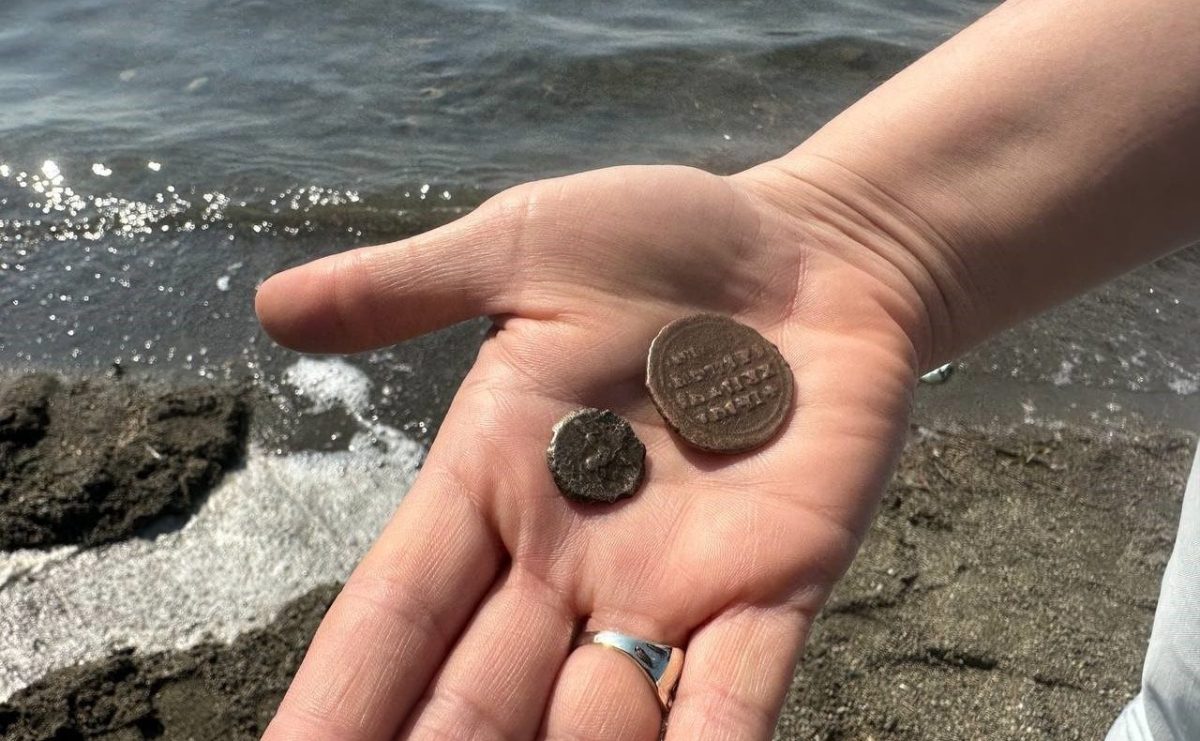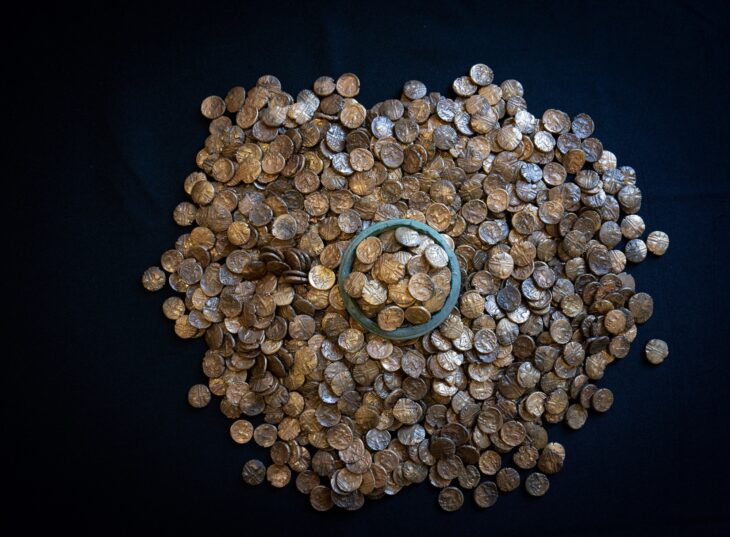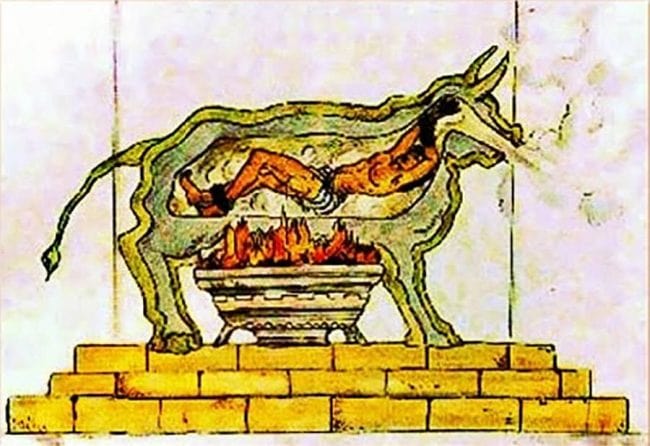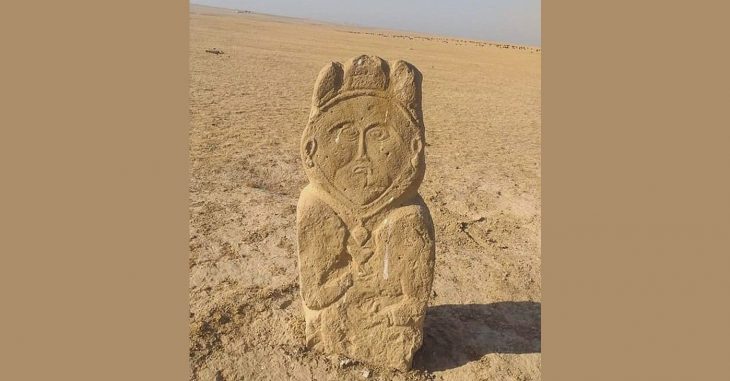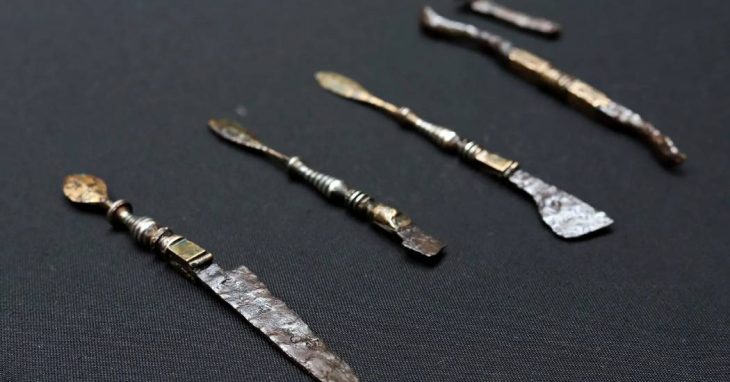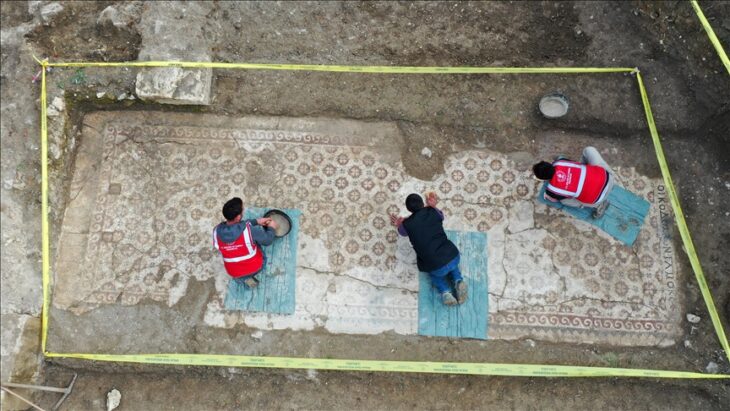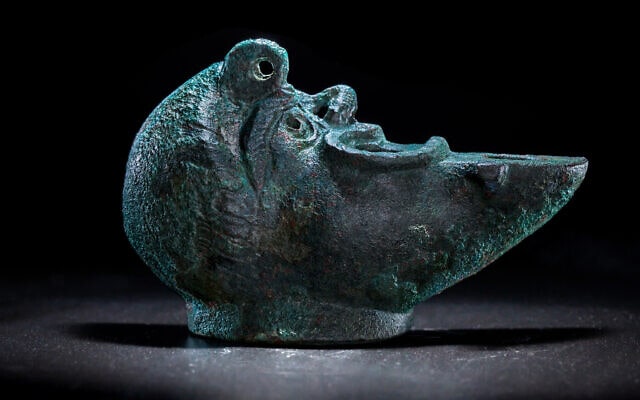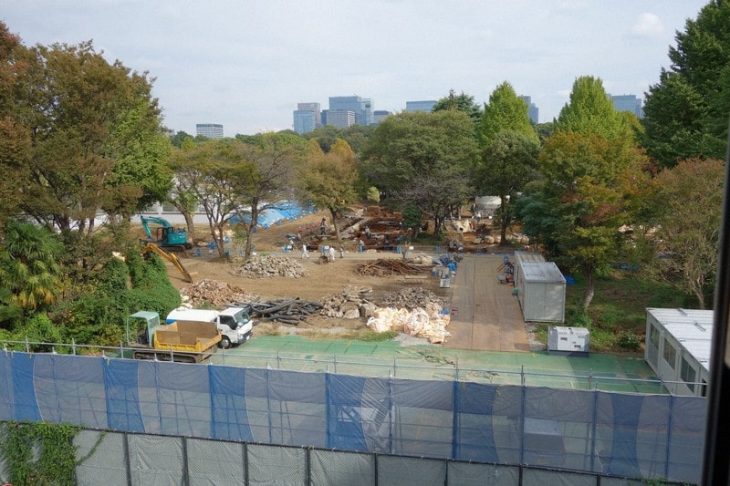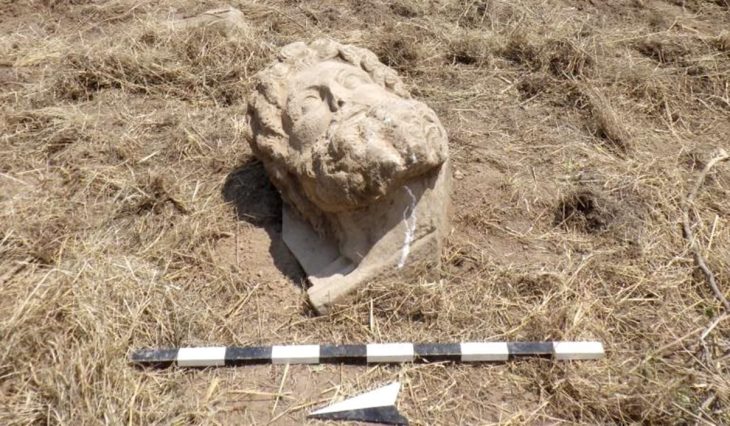With the withdrawal of Lake Iznik in the northwest of Türkiye, the ancient coins found at the bottom of the water began to be found by the locals.
In Iznik, the world-famous historical city of Bursa, which is on the temporary heritage list of UNESCO and expected to enter the main list this year, a couple walking on the shore of Lake Iznik found a 2,000-year-old historical coin.
Locals began discovering ancient coins after the lake dried up, possibly from the historical basilica that was once submerged beneath Lake Iznik but rose above the water in 2014.
Ismail Yıldırım, walking with his wife and children, noticed that the coins were historical as the cash had figures of Jesus and relief inscriptions.
The Yildirim couple handed over the coins to Iznik Archeology Museum. The museum officials, who examined the coins, stated that the coin, which is the figure of Jesus Christ, belongs to the 9th century, and the other coin belongs to the Hellenistic period.
📣 Our WhatsApp channel is now LIVE! Stay up-to-date with the latest news and updates, just click here to follow us on WhatsApp and never miss a thing!!

Iznik, a district of northwestern Bursa province dating back to the 4th century BC, is significant for both Muslims and Christians, with many sites from the era of Bithynian, Roman, Seljuk, and Ottoman civilizations.
According to geographer Strabo, the ancient town was founded in 316 BC by Antigonos, the commander of Alexander the Great (356-323 B.C). It is also reported that Lysimachos, another general of Alexander, took the city and renamed it after his wife Nicaea.
İznik enjoyed a period of expansion and prosperity under Roman rule.
During the Byzantine period, İznik grew in importance as a religious center, especially after Emperor Constantine converted to Christianity in 313 AD. The first Christian Council, known as the Great Council of Nicaea, was held in 325 AD in İznik, with the participation of over three hundred bishops from various parts of the empire.

